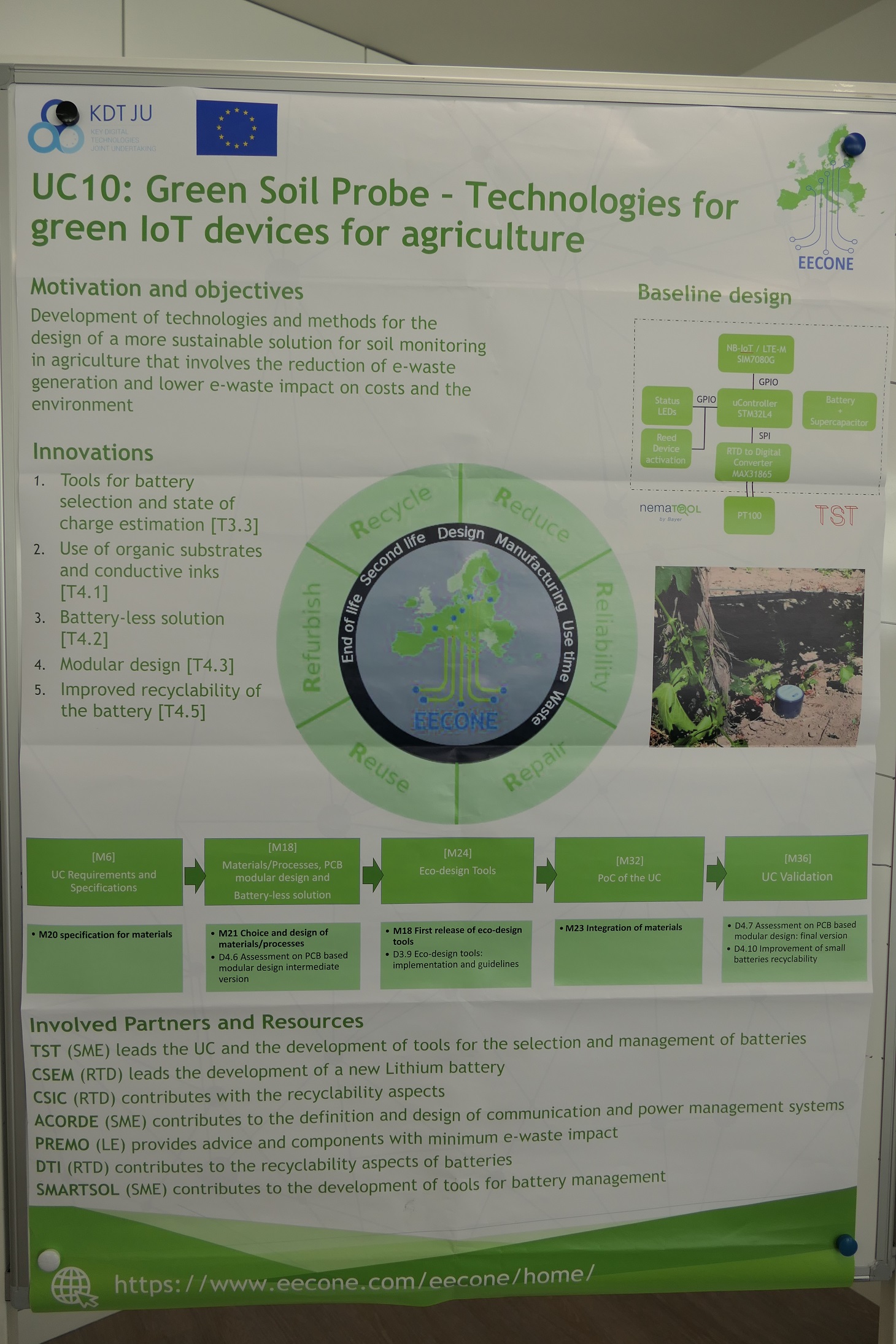Use Cases

Reducing eWaste from Electrical Control Units for Automotive Industry
Use Case Leader: BOSCH
Involved Partners: IZM, IFAT, AT&S, ORBOTECH, DTI
Partnering is essential as many aspects of a seemingly established value chain have to be re-thought and re- developed jointly to achieve a circular and less resource intensive production. Therefore, reduction of e- waste and re-use for less e-waste are the main objectives from BOSCH side with the use case on automotive application.
All material fields can contribute to reduction of e-waste for the products such as Electrical control units (ECUs) in the automotive domain. Between them, PCB substrates and their interconnections with other modules play an important role. That is the reason why in this contribution, we have a closer look at the PCB and AIT (assembly and interconnection technology) (WP4.1). Also, we see an increasing demand from OEMs to realise sustainable substrates as PCBs. We also have a closer look on system level optimisation of various design elements towards less e-waste while fulfilling the required performance (WP4.2). In addition to that, we evaluate the reuse process with the focus on interaction between AITs, connectors, PCBs, and components in ECU-Level (WP4.3).
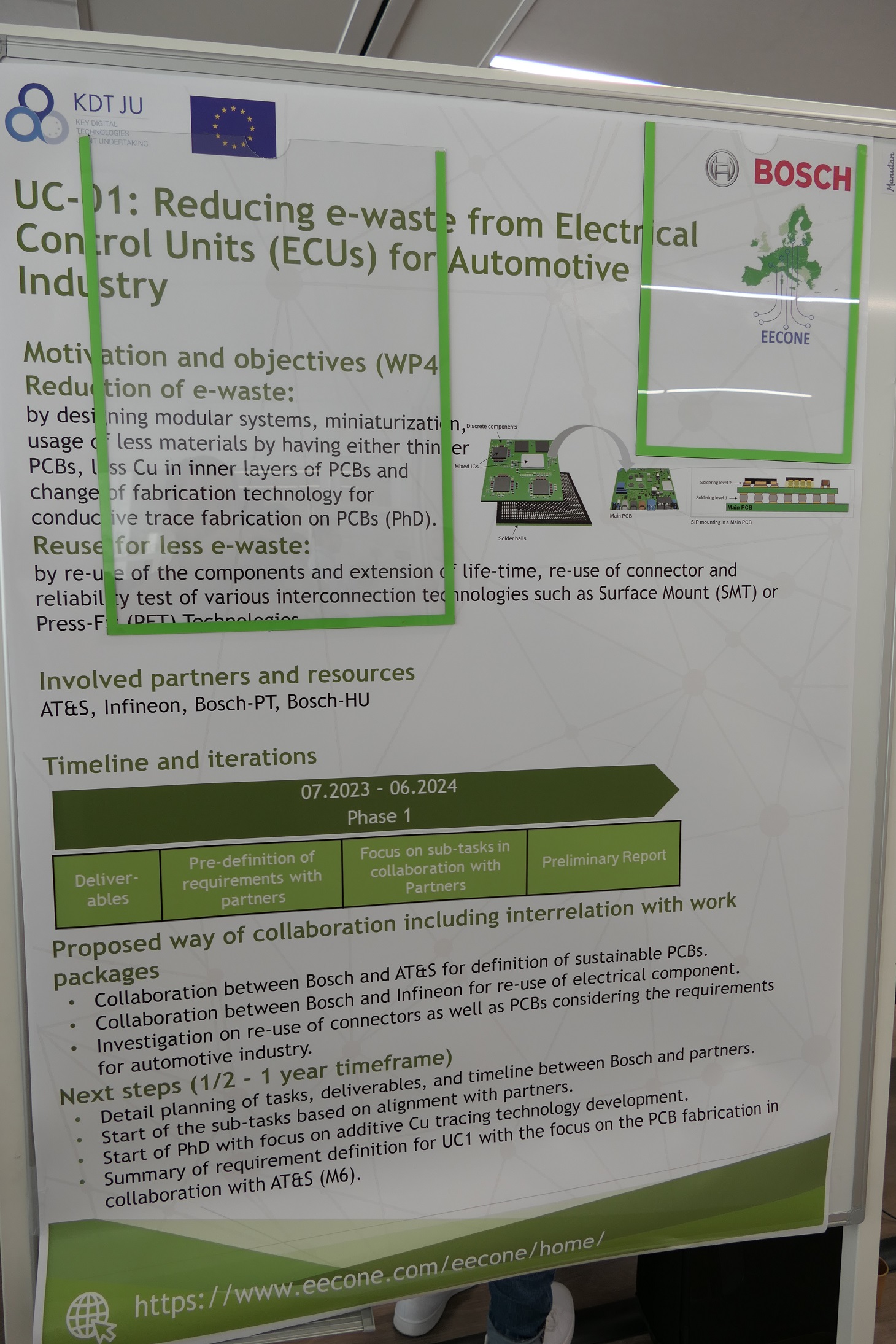

Power Electronic Inverter, On-Board Charger and DCDC converters designed for reduced eWaste
Use Case Leader: VITESCO
Involved Partners: SOITEC, SPHEREA, IFAT, INP-Gr, AT&S, 3DS, CEA, WEEECYCLING, PREMO
The purpose of the project is to go beyond the usual requirements for the design of the products. Considering the life cycle analysis of a product, Vitesco wants to identify the potentials for reducing the environmental footprint and adopt eco-design rules.
In the project several aspects will be investigated in WP2 with inverter that is currently in production and in the WP4 with the HV Box, currently in development. This HV Box will be as well used in the WP3 for developing the eco-design tool.
In WP2, the possibilities to reuse, repair and recycle will be investigated with a frozen design. The aim is to understand how the end of life of such a product, not designed specifically for reducing e-waste can be managed. The possibility to recover some parts, to recycle some raw materials will be analysed. The qualification of them is a key point to meet the requirements of the products.
In WP4, the aim is to prepare the new generation of power electronics products to enhance the environmental footprint. Several tasks are planned:
- assessing the relevance of modularity and standardization with the definition of the scope (system, sub-system)
- developing design for reparability and second life potential applying the eco-design tool developed in WP3
- using Wide Band Gap semiconductors in order to reduce the size of PCBs
- evaluation of concepts for health and condition monitoring for PCBs or substrate
- using interconnection types allowing repair and reuse of electronic components
- using an online observer for assessing the lifetime
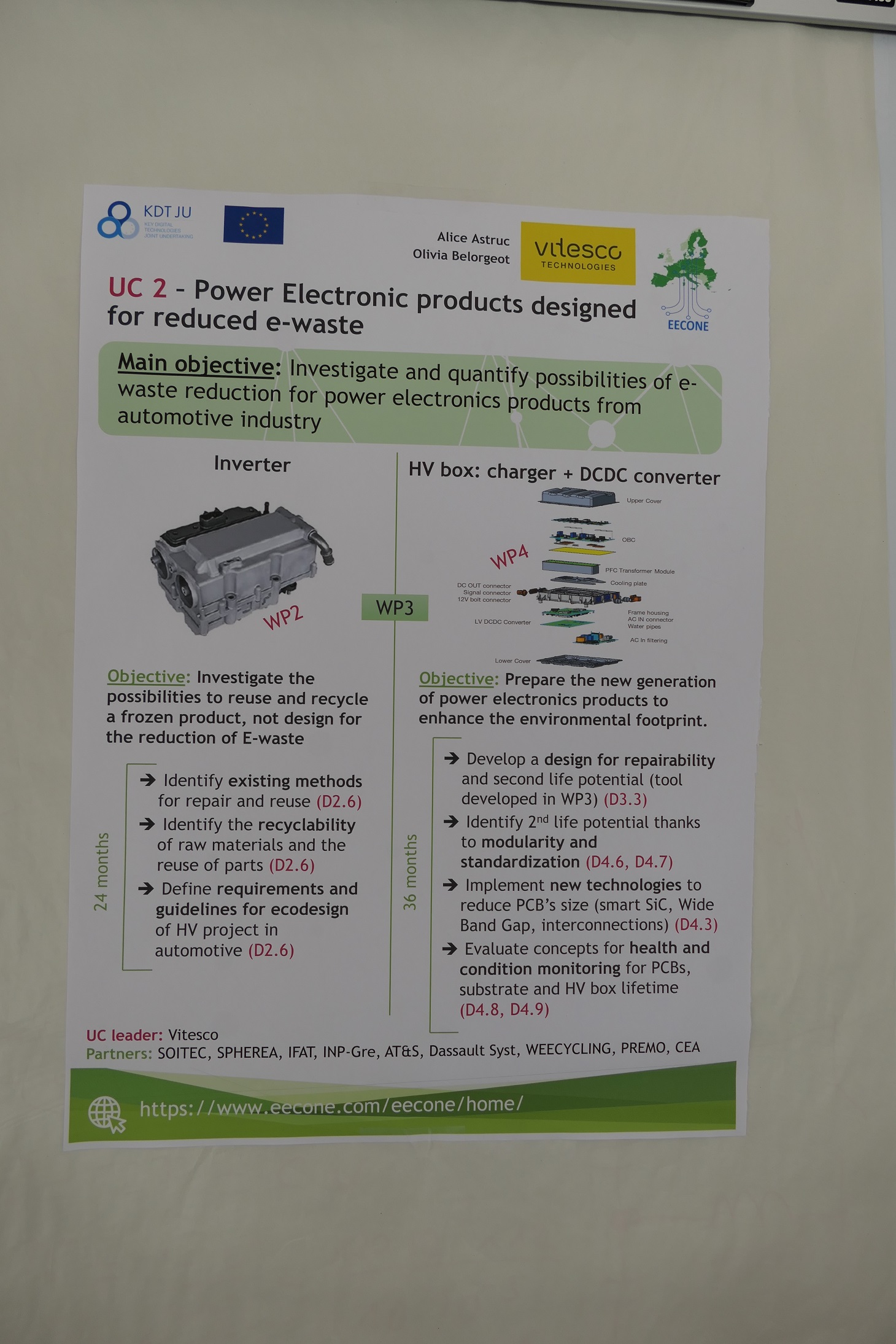

Membrane switches improved via the 6R strategy
Use Case Leader: DTI
Involved Partners: MELSEN TECH, SYNANO BV
Membrane switches are currently used in a variety of applications, such as industrial control panels, medical equipment, telephone systems, household appliances, etc. Traditional membrane switch/keyboards, consist of a PE circuit using screen printed silver, dielectric and carbon materials on a poly(ethylene terephthalate) (PET) foil. Then light emitting diodes (LEDs) are mounted on top and finally the entire foil is laminated with several plastic layers including the front graphic foil. Membrane switches are used in modern electronic tools and need to last up to 10-15 years, but due to mainly silver migration such devices often last only half that time.
A 30% reduction in e-waste through a combination of novel conductive/dielectric materials and substrates, improved design and enhanced lifetime. The new product will be validated in a demonstrator. Especially the replacement of silver with copper will reduce silver migration, lower environmental footprint, and lower overall cost of materials.
An Eco-design Tool for electronic systems will be used to address membranes switches improved via 6R strategy. We will test carbon based conductive inks developed with sustainable materials. To solve the issue of silver migration we will develop and test of copper nanomaterials, ink formulations with such materials, and compatible printing processes. Will also develop upscaling and pilot scale testing. Special designs for the testing system will be developed and specifications for the use-case will be provided by industrial partners, which will also perform final validation.
This use case is connected to the development of the Eco-design Tool for electronic systems in WP3 and will thus provide bridging between WP4 and WP3.
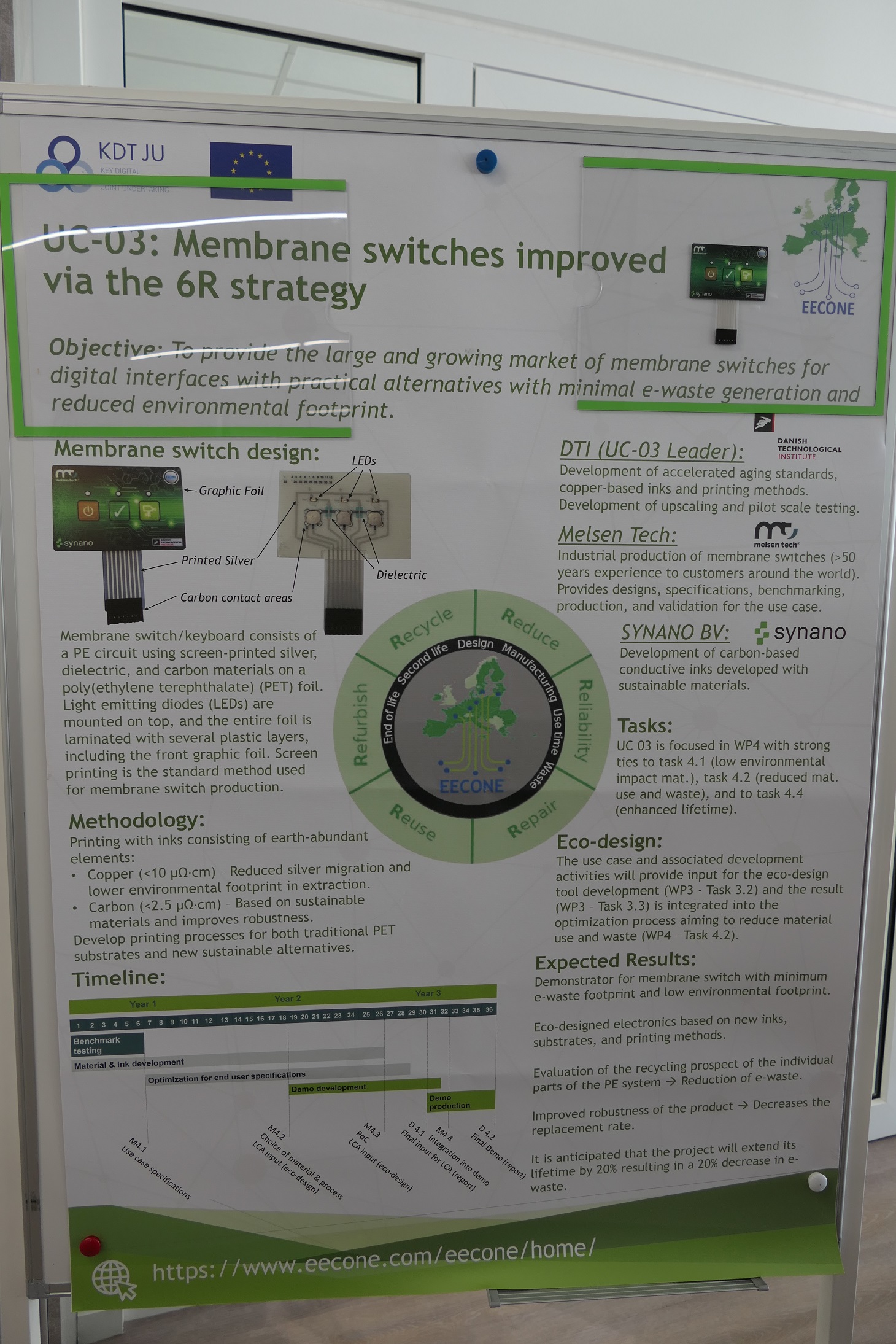

Eco-designed remote-control unit
Use Case Leader: 4MOD
Involved Partners: CEA, DTI, SYNANO BV
Objectives: RCUs are used for various consumer electronics applications (TVs, set-top boxes, and gaming consoles). Besides the standard remote controls, motion-controlled and voice-controlled RCUs are emerging. The global RCU market is valued at 1423.2 million USD in 2020 and is expected to reach 17061.3 million USD by the end of 2027.
Based on an LCA study, PCBs were identified as the main source of the environmental footprint of the RCUs. Traditional PCB manufacturing consists of several steps of photolithographic and electrolytic processes, which makes it a major contributor to the product s footprint. The objective is to provide an eco- deigned RCU with minimal e-waste generation.
Thereby, an alternative to the standard PCBs is printed organic electronics fabricated using biocompatible, unconventional substrates and conductive inks (WP4 – task 4.1). By using these low environmental footprint materials, eco-design components tailored for the RCU will include printed circuitry, Bluetooth (BLE) antenna, and commercial SMD (surface-mount device) components. An optimization of the antenna and PCB design and materials will further help reduce the e-waste.
The obtained data will be made available to WP3 for the LCA calculation and will benefit from eco-design rules as determined in WP3.
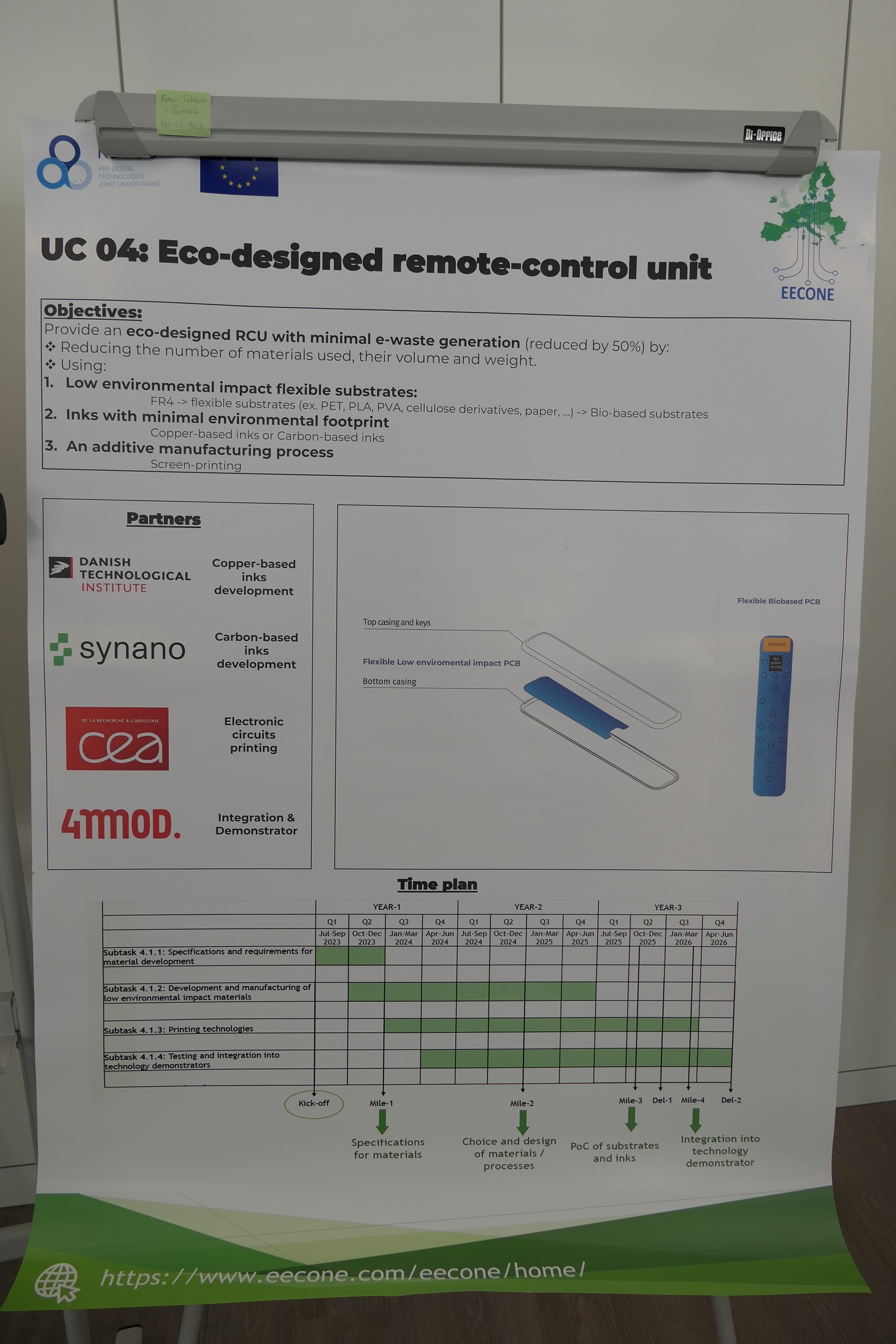

Creation of Critical Raw Material Value Chain, Traceability Systems and Recycling Strategies in Appliances
Use Case Leader: ARCELIK
Involved Partners: OzU, WEEECYCLING
This use case aims to provide value chain of critical raw materials, traceability systems, and recycling strategies for electronic components in white goods, and consumer electronics products to decrease supply risk due to economic importance.
In WP2 (T2.1 and T2.2) the aim are:
- Recycling Revenue from PCBs will be increased by 300%.
- The volume of recycled material will be increased by 100% thanks to new recycling methods for CRM.
With respect to WP3, the use case shall achieve:
- The reuse rate of CRMs in electronic components will be increased by 50%.
- PCB cost will be reduced by 5% thanks to recycled PCB CRM materials.
Health monitoring devices employing point-of-care sensors
Use Case Leader: SAL
Involved Partners: IFAT, SYNANO BV, CSEM, ORBOTECH
UC-06 focuses on a sustainable two-component hybrid PoC sensor development with minimum-waste footprint. It is as such a crucial showcase for the technologies developed in WP4 and will link with the Ecodesign tools in WP3. The objective is to provide the fast-growing market of point-of-care sensors for health related applications with practical alternatives with minimal e-waste generation. Below, the connections of the described outputs are linked with technologies and tools developed in WP4 and WP3. The target is to develop battery-free, wireless sensor devices (WP4 – task 4.3) capable of interconnection with commonly owned household devices, and fabricated using low environmental impact, unconventional substrates and printed electronics (WP4 – task 4.1). A method will be developed to reduce the chip's packaging and minimise the required material (WP4 – task 4.2, WP3). The system will be modular to enable easy recycling and refurbishment with a reuse concept for the chip (WP4 – task 4.3, WP3). Sensor designs will be developed to minimise the required dimensions and materials (WP4 – tasks 4.2, 4.3, WP3), in particular, we target a chip having a printed antenna with a unique integrated circuit capable of handling signal readout, processing, and wireless communication via near-field communication.The developed methods will be subjected to the exploratory framework evaluating the impact of design choices (WP3 – O2), and results will feed into the eco-design data collection (WP5 – O2) for health monitoring and point of care.
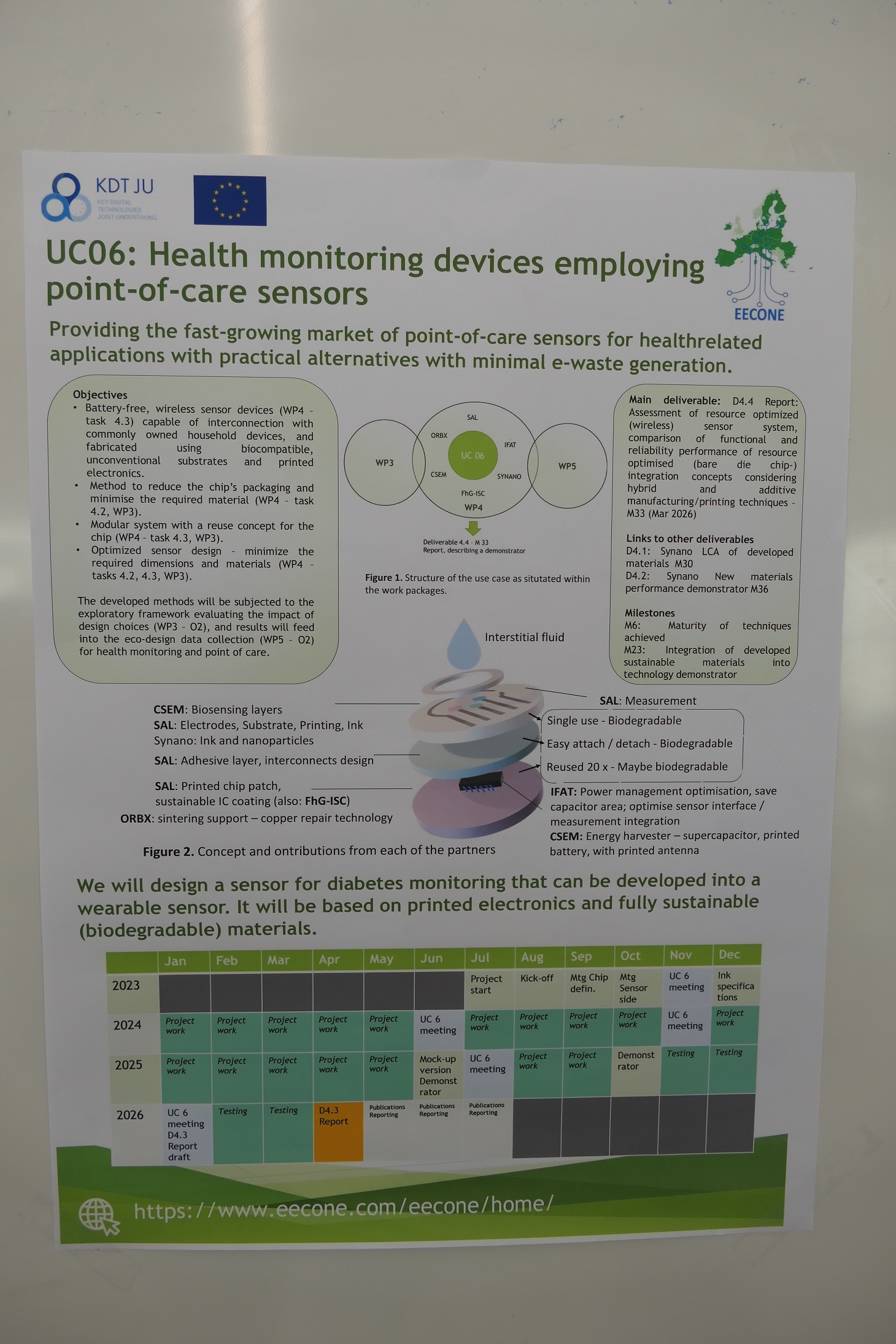

Reducing data centre e-waste via technical LCA-driven refresh and reuse
Use Case Leader: RISE
Involved Partners: EcoDC, ATEA, SVS, UCLouvain, IMEC, INP-Gre
The use case will start with the project and end in line with deliverable D4.5 in M30. Impact from the KPIs from the use case will follow via dissemination opportunities in the last 6 months.
Effort from WP2, task 2.1 will focus attention on ICT that currently sits in European data centres collecting data associated with second life of equipment and how much and at what point in the lifetime of the ICT equipment ends up in the waste and recycling streams. This task will also enable the core UC-07 team to collect essential data that will support the LCA within WP3 tasks 3.2 and 3.3.
Effort from WP3, task 3.2 will use the results of WP2, task 2.1 and WP4 tasks 4.3 and 4.4 to develop and define eco-design metrics that support the reuse, refurbish, repair and robustness of the data centre ICT estate in typical European data centres. Following on from this the guidelines in task 3.3 will be driven by the LCA outputs to inform the process of reuse and repurpose as well as upgrading (via refurbish) for the longer lifetime.
Effort from WP4 with be concentrated on tasks 4.3 and 4.4 in the form of clear approaches to reuse electronics with their second life, but respectively on the increased system lifetime by a combination of LCA driven algorithms and analysis for second life and a sequence of tests that are focussed on thermal degradation within a live environment (task 4.4).
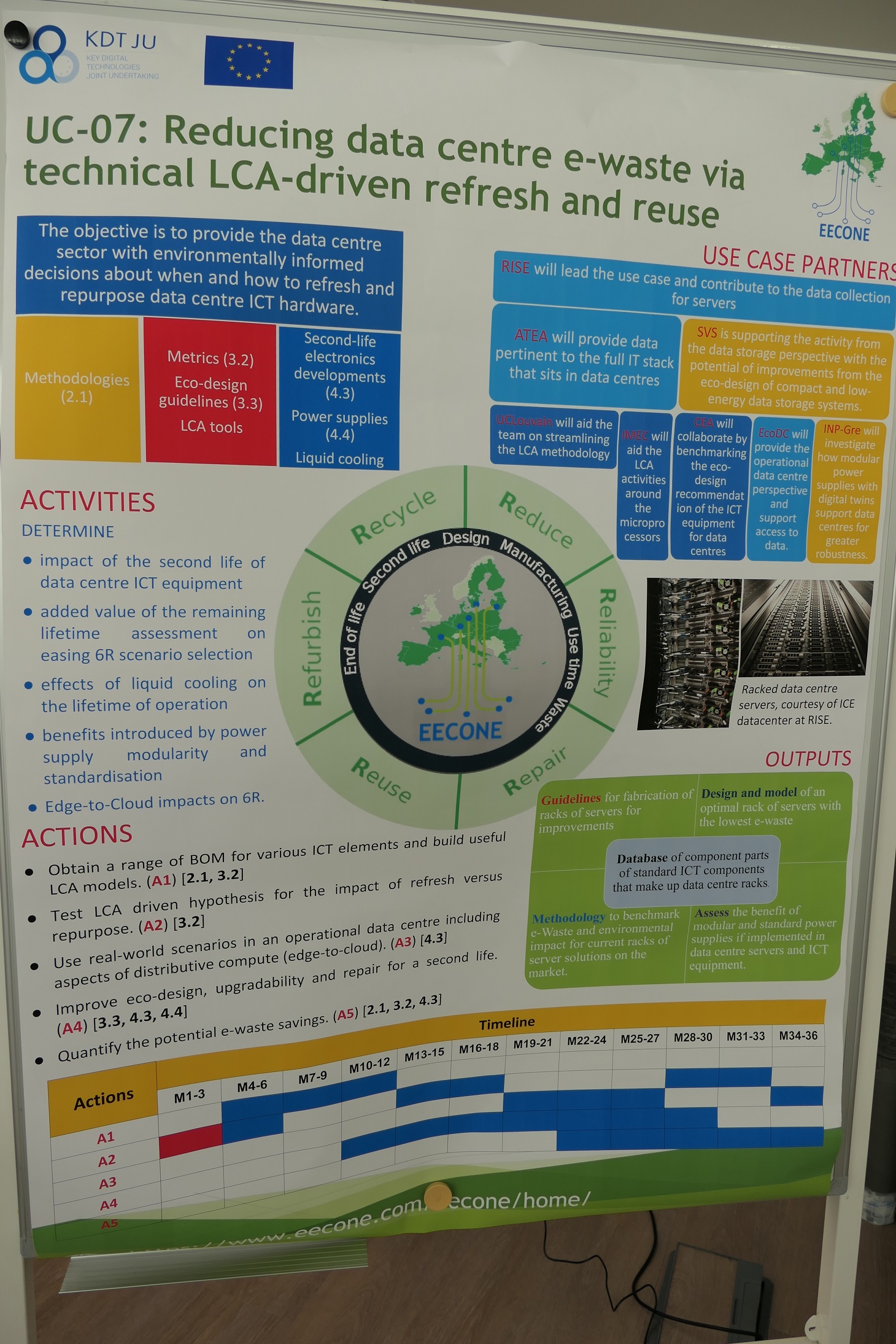

Service life extension of ICT user equipment toward Internet access within planetary boundaries
Use Case Leader: UCLouvain
Involved Partners: IMEC, RISE, SPHEREA, FHG IZM, CEA, THALES DIS
This UC targets to extend the service life of ICT user equipment: CPE and smartphones. It will lead to a list of eco-design recommendations for next-generation CPE, an evaluation report of the smartphone-as-service business model as well as demonstrator of a smartphone repurposed into a CPE.
This will be achieved through eco-design recommendations for next-generation CPE for increasing the repair and refurbishment rate of next-generation CPE through modular design (WP4 – task 4.4) based on the 6R evaluation of current-generation CPE. To this end, we will rely on streamlined LCA methodology for ECS with limited information on their internal architecture and bill-of-material (WP 3 – task 3.3). Regarding smartphones, the objective is to evaluate the potential of a smartphone-as-a-service business model for extending their service life through a higher repair rate (WP2 – task 2.1), as well as smartphone repurposing into CPE as a second life through the addition of low-impact generic USB interface module (WP 4 – task 4.3).
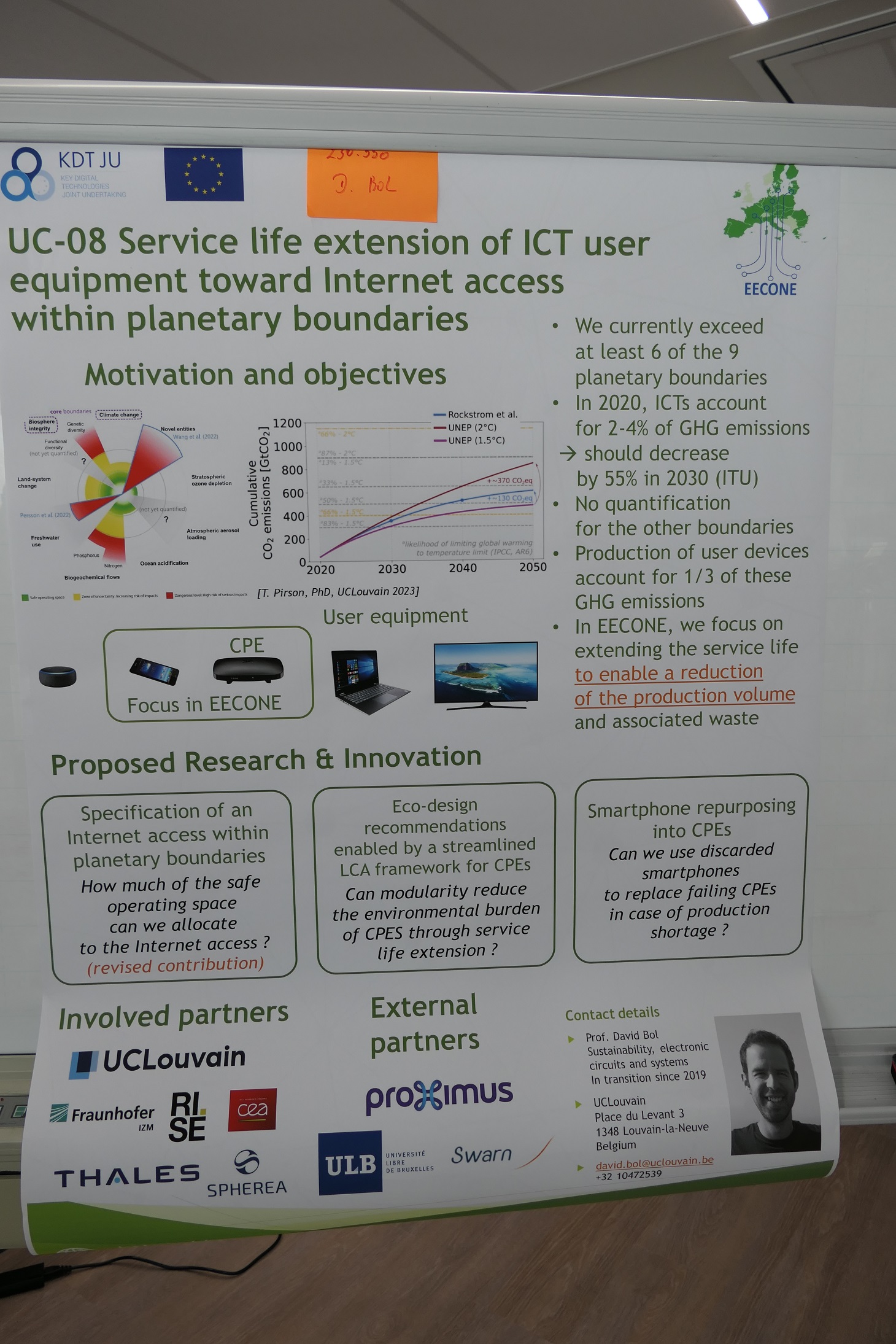

Sensing electronics for health management system in an aeronautical structural component
Use Case Leader: LDO
Involved Partners: UniPG, LGE
The UC goal proposed by Leonardo and UNIPG is to give electronics a second life by creating a health monitoring system (HMS) integrated with the aeronautical structure to gather data from operative conditions in terms of stress and strain values.
UC- 9 has connection with the WP 4 where the electronic part will be realised using recyclable and recycled material, reducing material supply and e-waste.
The tasks of this workpackage are the following ones:
- Task 4.2: With this task, Leonardo will participate in the co-design and testing activities with the aim to achieve both electronic and composite material usage reduction.
- Task 4.3 mechanical testing will be conducted to verify that the mechanical and structural properties are not negatively affected by the integration of electronics. Using a predictive modelling analysis, degradation in the properties of both the composite and the embedded HMS layer due to several loading factors will be studied and quantified.
- Task 4.4: The model fed by real-time information will directly lead to an increase in the life cycle of the system/component for future applications.
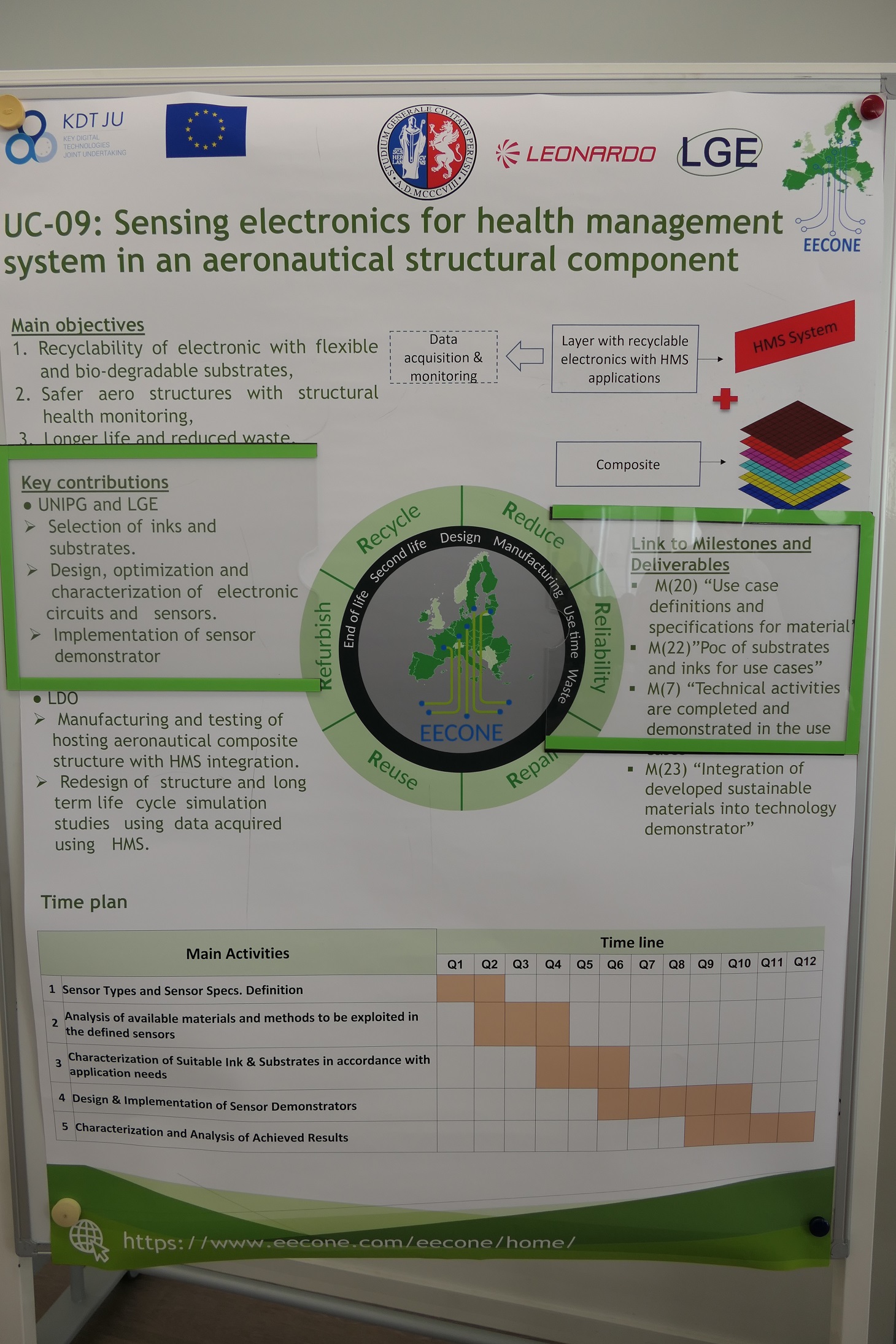
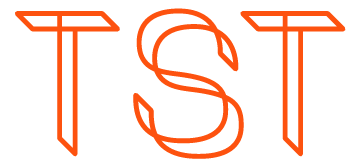
Green Soil Probe – Technologies for green IoT devices for agriculture
Use Case Leader: TST
Involved Partners: PREMO, ACORDE, SSOL, CSEM, CSIC, DTI, UniPG, LGE
The green soil temperature probe will be developed within WP4. The device's new concept will be achieved by addressing the main design and operation challenges for the reduction of the related e-waste. In this regard, the electronics of the green soil temperature probe will be designed by following the guidelines provided in WP3. Accordingly, the electronic system will be designed and implemented on a more sustainable substrate (e.g., organic substrate, glass, etc.) and using printed electronics as part of the activities to be carried out in WP4 – task 4.1. Additionally, the design will consider a modular approach to enable/facilitate the re-use and recycling of components, being this activity part of the work that will be carried out in WP4 – task 4.3. Besides, the commonly used primary battery will be replaced by eco-friendly, cost-effective power/battery solutions in the new design. This will include a set of technologies and tools to improve battery recycling and/or battery re-use that will be developed in WP4 – task 4.5, and using the outputs provided in WP2. Finally, battery-free alternatives based on solar cells will be assessed, for an even larger life-cycle and lighter potential chemical waste buried on the soil.
